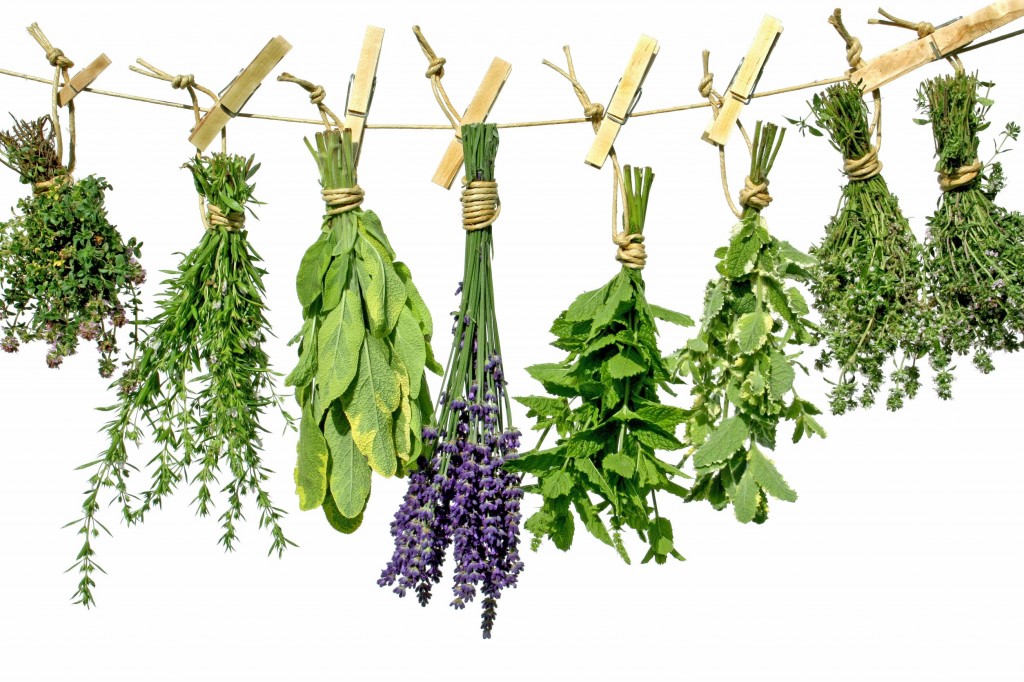Really interesting article from Katy Bowman on the relationship between how you eat with how you move:
‘In the natural world, how you eat is based on your ability to get and prepare your food. By being directly involved with your food at every step throughout your life, you maintain the skills and physique necessary to continue to eat. In the natural world, you eat how you move...Historically the work (forces created by human movement) necessary to eat included not only the hunting and gathering bit, but also the mashing, banging, rubbing, beating, tearing, pounding, soaking, spreading, turning, hanging that it took to make nature edible. Said another way, most of the food you use to make your meals–even the “whole ingredients” like nut and coconut flours, oils, milks, and syrups you pour with ease, meats cut with precision, and veggies clean and separated for your convenience–has been processed. Not like in the “I just made this food by putting different chemicals together” kind of way, but a “hey, we performed 14 hours of labor so you could have these whole foods to now cook for your meal, you’re welcome,” kind of way.’ Full article here
Having spent basically a whole day trying to make apple juice from scratch, my movements included picking, pounding, pouring, grinding, pressing, lifting, among other less violent ones. I could have bought the apple juice and saved myself a lot of time, but when looked at from a movement perspective, if I had just skipped to the end bit, my movements would have probably just been pouring and sipping.
Here’s a couple of foraging recipes I’ve tried recently:
Hawthorn fruit leather

Ingredients: 1/2 litre hawthorn berries (you can add any hedgerow berries like sloes and rose hips- just improvise, but make sure you use approx half the volume of water to fruit.), 2 dessert apples (chopped), 1/4 litre water.
Method: put all the ingredients in a pan and bring to a slow simmer for 15 mins. Mash with a potato masher then rub through a coarse sieve onto a parchment-lined baking tray (approx 25 x 35cm). Spread out evenly with a spatula then put in oven at the lowest temp until dry. In a fan oven this may take around 3-4 hours. Or use a dehydrater if you have one. Discard the parchment paper, cut the fruit leather into strips and store in an airtight container.
Recipe from Native Hands
Nettle soup
Ingredients: Half a carrier bagful of stinging nettle tops, or fresh-looking larger leaves, 50g butter, 1 large onion finely chopped, 1 litre vegetable stock, 1 large potato, peeled and cut into cubes, 1 large carrot, peeled and chopped,sea salt and freshly ground black pepper, 2 tbsp crème fraîche, a few drops of extra-virgin olive oil, a few drops of Tabasco.
Method: Wash the nettles and drain in a colander. Melt the butter in a large saucepan, add the onion and cook gently for 5-7 minutes until softened. Add the stock, nettles, potato and carrot. Bring to a simmer and cook gently until the potato is soft, about 15 minutes. Remove from the heat. Purée the soup and then season with salt and pepper to taste. To serve add a teaspoonful of creme fraiche on top. As this melts, swirl in a few drops of extra-virgin olive oil and Tabasco.
Recipe from River Cottage
